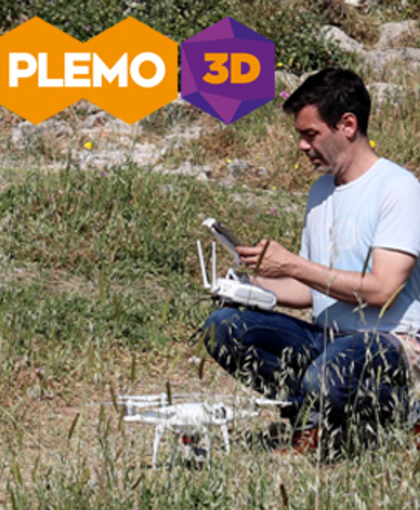Résumé
À partir du XIIe siècle, dans un contexte d’expansion économique et démographique qui accompagne le développement urbain. La maison médiévale -et tout particulièrement la demeure bourgeoise- adopte un modèle où la cave ou la salle excavée fait partie intégrante d’une structure répondant aux besoins des propriétaires. La thèse s’attache à l’étude des caves à Paris, ville la plus peuplée en Europe à compter du XIIIe siècle. L’enquête se concentre particulièrement sur deux quartiers très anciens de la rive droite, dans le cœur économique de la capitale : Saint-Merry et Saint-Gervais/Saint-Paul. Avec l’appui des nouveaux outils de numérisation et de modélisation 3D, les caves font l’objet d’analyses archéologiques, architecturales, techniques et structurelles. L’objectif est de déterminer non seulement l’agencement et la fonction de ces espaces souterrains, mais aussi de restituer leur rapport à l’habitat et au tissu urbain. Par extension, il s’agit de redécouvrir, à partir de ces infrastructures, un paysage urbain médiéval aujourd’hui disparu.
THE INPUT OF THE STUDY OF CELLARS TO THE KNOWLEDGE OF THE HOUSING AND THE URBAN AREA IN PARIS AROUND THE DISTRICTS OF SAINT-MERRY AND SAINT-GERVAIS/SAINT-PAUL (XIITH-XVITH CENTURIES)
Abstract
From the 12th century, in a context of economic and demographic expansion that has accompanied urban development. The medieval house -and particularly the mansion- has adopted a model in which the cellar or excavated room was an integral part of a structure that met the needs of the owners. The doctoral thesis focuses especially on the study of cellars in Paris, the most populated city in Europe from the 13th century onwards. The investigation focuses specifically on two very old districts on the right bank, in the economic center of the capital: Saint-Merry and Saint-Gervais/Saint-Paul. With the help of new digitization and 3D modeling tools, the cellars have been analyzed from an archaeological, architectural, technical and structural point of view. The goal is to identify not only the layout and function of these underground spaces, but also to restore their relationship to the habitat and urban fabric. By extension, the aim is to rediscover, from these infrastructures, a medieval urban landscape which has since disappeared.
Jury :
Mme Sylvie BALCON-BERRY – Maître de conférences, Sorbonne Université
M. Guy-Michel LEPROUX – Directeur d’études, École Pratique des Hautes Études
M. Dany SANDRON – Professeur, Sorbonne Université
M. Simon TEXIER – Professeur, Université de Picardie Jules Verne

